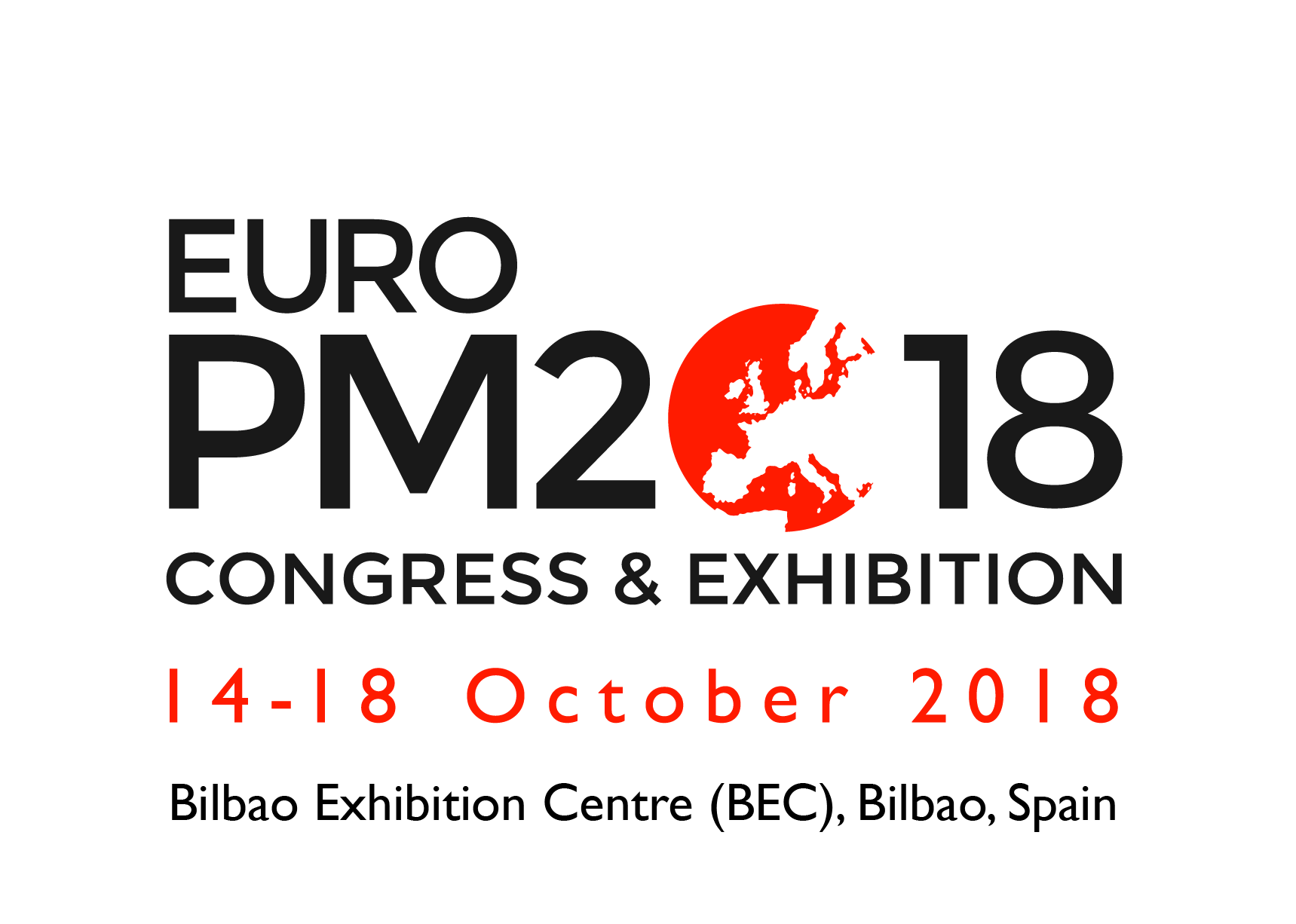Research Article
Chemical Synthesis and Structural Properties of Nd, Gd and Dy Doped BiFeO3 Lead Free Ceramics
1Materials Science Laboratory, School of Physics, Vigyan Bhawan, Devi Ahilya University, Khandwa Road Campus, Indore-452001, India
2Department of Physics, Southeast University, Nanjing, 211189-People’s Republic of China, China
- *Corresponding Author:
- Varshney D
Materials Science Laboratory, School of Physics
Vigyan Bhawan, Devi Ahilya University
Khandwa Road Campus, Indore-452001, India
Tel: +91-731-2467028
E-mail: zhg1200@sina.com
Received Date: January 04, 2017; Accepted Date: January 26, 2017; Published Date: February 14, 2017
Citation: Kumar A, Varshney D (2017) Chemical Synthesis and Structural Properties of Nd, Gd and Dy Doped BiFeO3 Lead Free Ceramics. J Powder Metall Min 6: 154. doi:10.4172/2168-9806.1000154
Copyright: © 2017 Kumar A, et al. This is an open-access article distributed under the terms of the Creative Commons Attribution License, which permits unrestricted use, distribution, and reproduction in any medium, provided the original author and source are credited.
Abstract
The present study reports the structural aspects of BiFeO3, Bi0.9Ba0.1Fe0.9M0.1O3, (M=Co, Mn) and Bi0.80RE0.2FeO3 (RE=Nd, Gd and Dy) powders as prepared by solid state reaction route while Bi0.80Sr0.2FeO3 ceramic has been prepared using citrate sol-gel process. X-ray diffraction along with the Rietveld-refinement reveals the rhombohedral (R3c) structure for BiFeO3 and Bi0.9Ba0.1Fe0.9M0.13, (M=Co, Mn), whereas, tetragonal (P4/mmm) for Bi0.80Sr0.2FeO3 ceramic. In case of rare earth substitution there is an abrupt change in the crystal structure. Bi0.8Nd0.2FeO3 ceramic crystallizes in triclinic structure (P1), Bi0.8Gd0.2FeO3 compound shows a major contribution is related to orthorhombic (Pna21) symmetry and minor contributions are attributed to Pnma and R3c phase, whereas the X-ray diffraction of Bi0.8Dy0.2FeO3 confirms the biphasic (Pnma+R3c) nature of the compound. All the properties of the ceramics reflect their structure so, structural evolution is important for enhancing the physical properties at room temperature.

 Spanish
Spanish  Chinese
Chinese  Russian
Russian  German
German  French
French  Japanese
Japanese  Portuguese
Portuguese  Hindi
Hindi 

